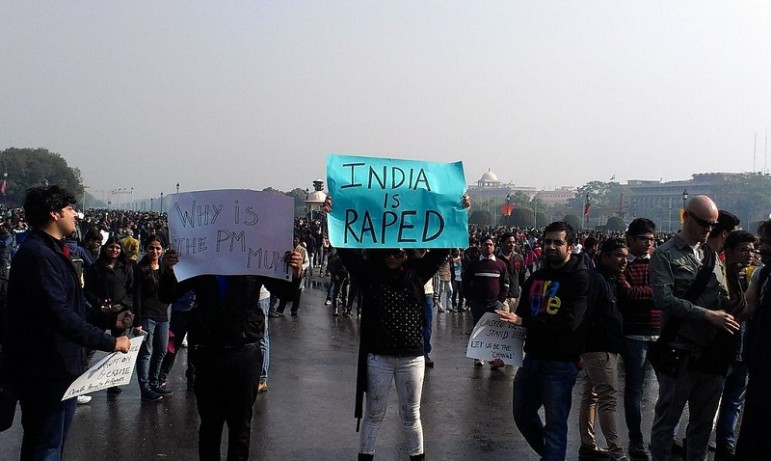
November 17, 2015; Washington Post
Rape stems from an extremely complex intersection of cultural, individual, and sociological forces. India has been a target of great remonstration from the world over for its particular rape culture, especially in recent years after the 2012 Delhi gang rape and subsequent protests. Despite investigations, some believe that India is still in denial about the problem and has done little to counter it.
NPQ has covered this issue from the political elements of rape in India to the recent unearthing of complaints of rape at Greenpeace India. A nonprofit called Commonwealth Human Rights Initiative (CHRI) has been working on police reform and extensively documenting the failures of accountability from this arm of social order that, in India, has operated as per legislation enacted in 1861 under British colonial rule.
On November 17th, the CHRI launched what it calls the “Virtual Police Station” to help women understand their rights when they go to the police to report a rape. The tool takes visitors on a tour of holding cells and evidence rooms, but the key pedagogical element is scenarios showing possible police responses to victims of rape. The tool has two purposes: a) train police on how to treat women who report rape and b) inform women about how the police are supposed to treat them. In this video, Maja Daruwala, Director of CHRI, explains that the nonprofit’s mission is not about pointing fingers but rather creating useful tools.
Sign up for our free newsletters
Subscribe to NPQ's newsletters to have our top stories delivered directly to your inbox.
By signing up, you agree to our privacy policy and terms of use, and to receive messages from NPQ and our partners.
In this context, the CHRI is attempting to force change to a structure that is but one side of the multi-faceted issue of rape. The goal is quite laudable and meant to somehow rip the Indian consciousness from its culture of blaming the victim because of violence entrenched through its “caste system, religious ideals, social norms and ideas of honor and a woman’s status in the home as well as through a pervasive acceptance of domestic violence in many forms.”
We should bear in mind that while India’s colonial legacy and history come together in a specific way to make rape cases sensationalistic, its reported rape statistics are not as high as those of countries like Sweden or the U.S. In this Time article from 2013, the author suggests that India’s reputation is undeserved and that the uproar stems more from the fury of local popular protests and a dogged determination on the part of Indian journalists to cover this story, unlike many Western journalists, who often side with the perpetrators.
Given the many complaints in the U.S. about the police’s handling of rape cases, just a couple examples of which can be found here and here, a similar tool to help populations in Western countries understand their rights seems warranted and could help all potential victims of rape navigate the extremely difficult entanglements and attitudes of the police and legal bureaucracy. A tool that also tries to change prevailing police attitudes, instead of just teaching women not to get in cars with strange men, seems like a good starting point indeed.—Amy Butcher













